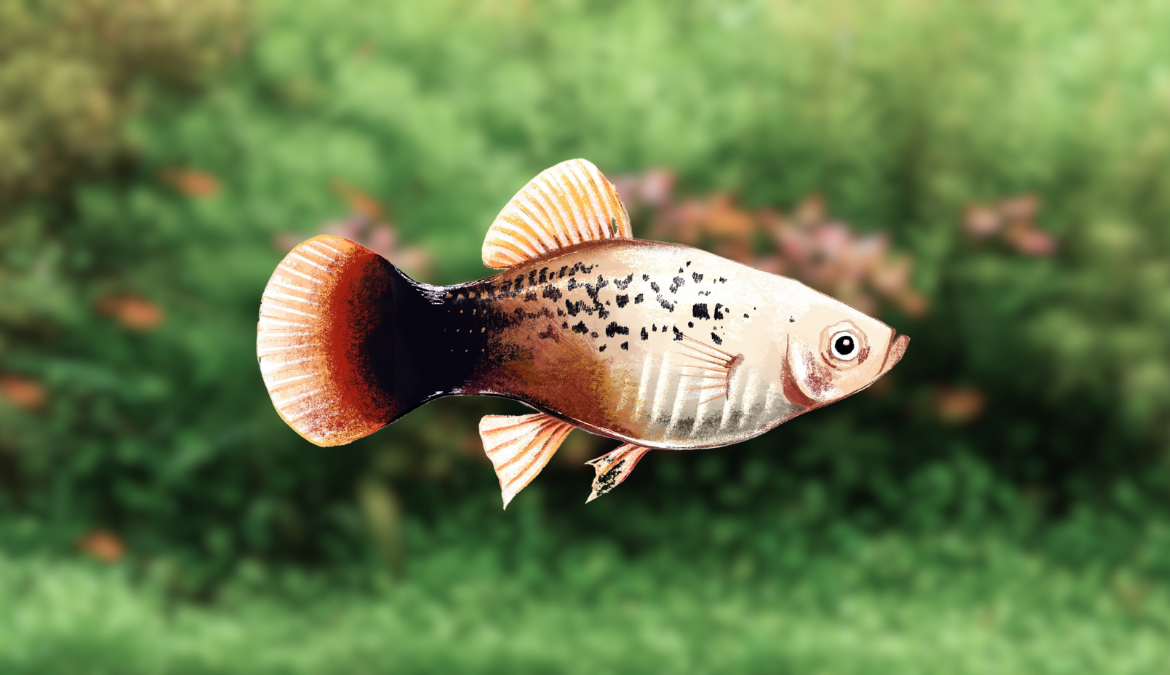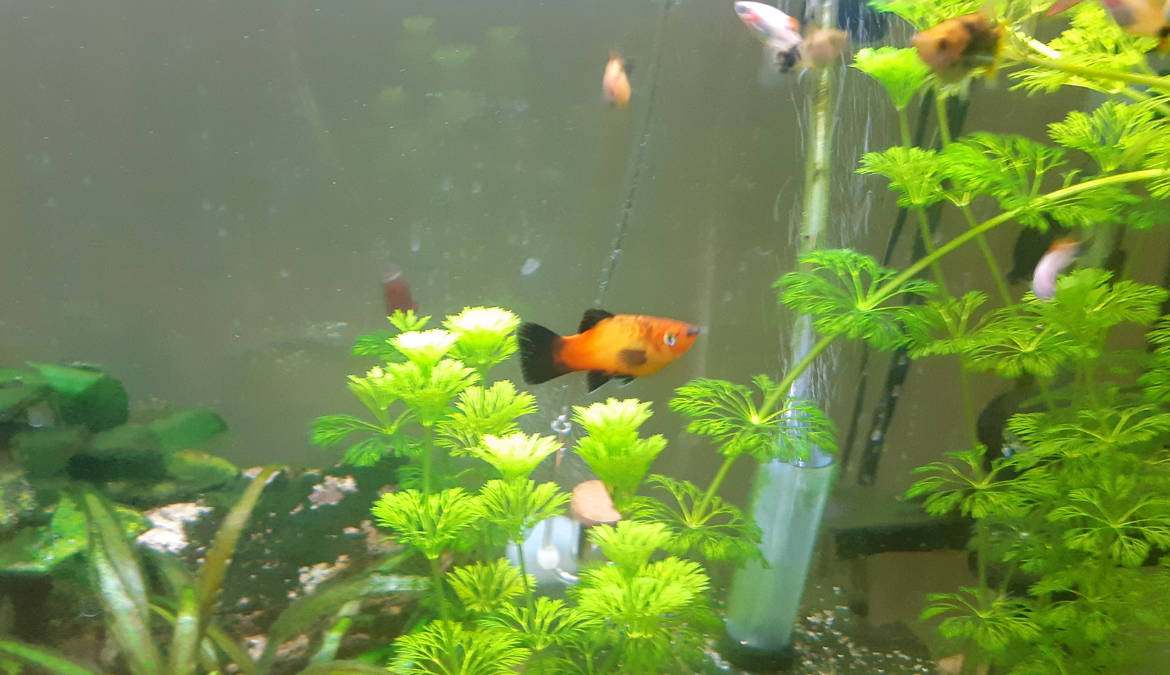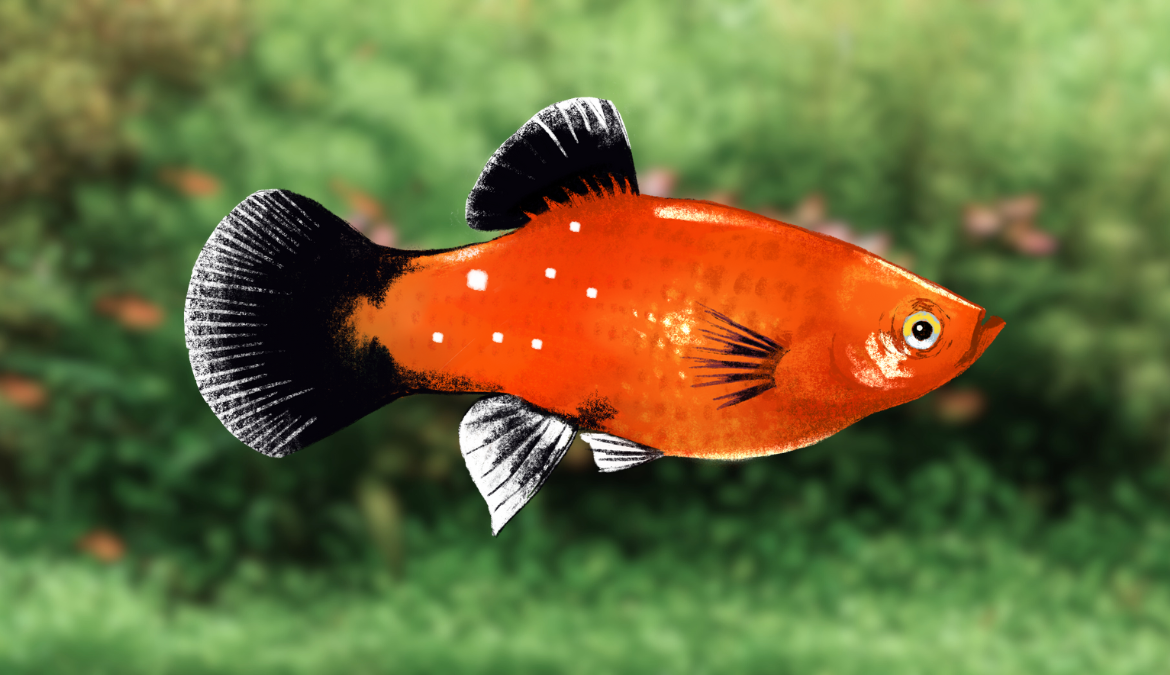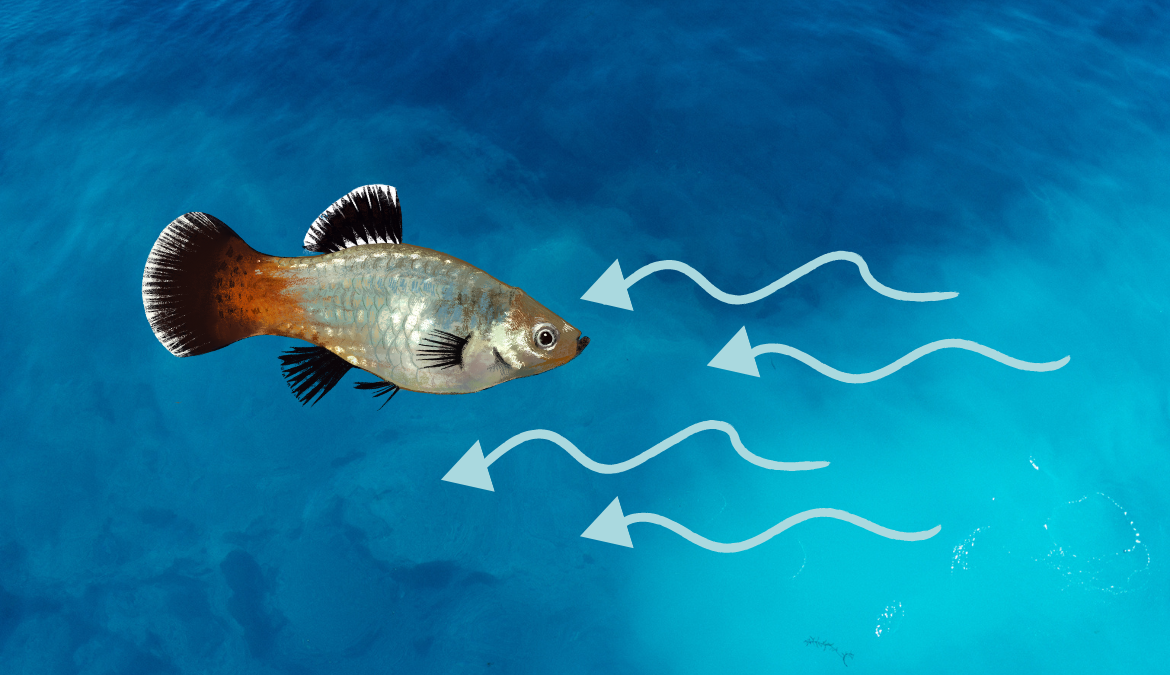70°F to 78°F temperature, 7.0-8.0 pH, 10-25 dGH, and zero ammonia and nitrite are important for keeping happy and healthy platy fish. Proper water changes, feeding amount, filtration and stocking will help you maintain optimal water parameters for platies.
By following the guidelines in this blog post, you can provide the best environment for your platy fish to thrive. So, let’s dive in!
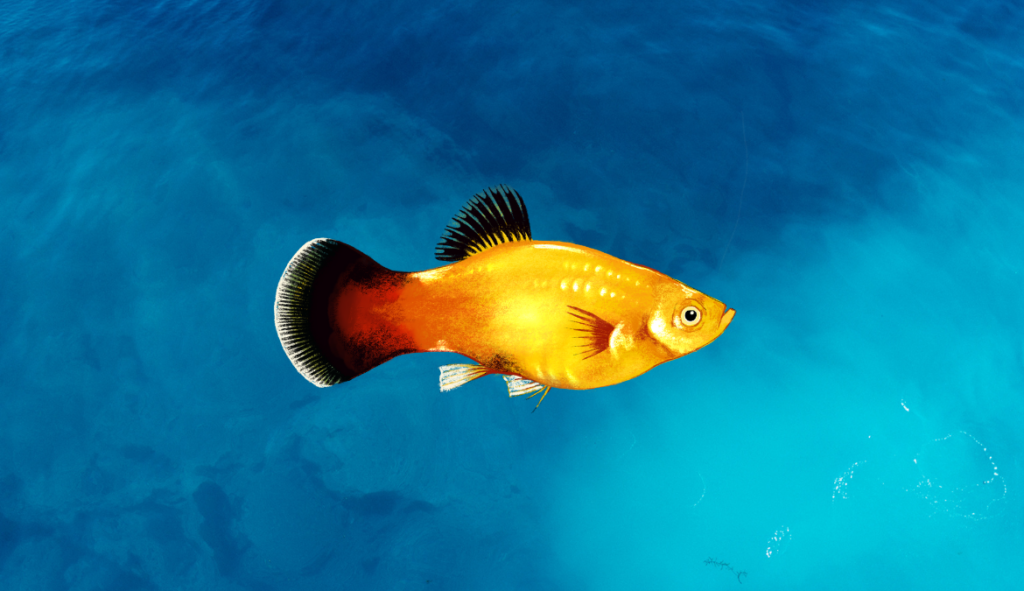
Contents
Understanding the Ideal Water Parameters for Platy Fish
Platies are “hardy” fish that will live happy, healthy lives in a variety of conditions. But you can improve their healthspan and happiness with a few simple water quality optimizations.
Here are the essential water parameters you need to monitor:
Temperature Requirements
Platy fish thrive in water temperatures ranging from 70°F to 78°F (21°C to 25°C). Here’s how temperature affects platies and other fish:
- Metabolism: Fish metabolism is directly tied to water temperature. As the temperature increases, so does their metabolic rate, resulting in increased activity, appetite, growth rate, and oxygen consumption. Conversely, as temperature decreases, these processes slow down. If the water gets too cold, a fish’s metabolism can slow to the point where the fish becomes lethargic and may stop eating. If it’s too warm, the metabolic rate can become dangerously high.
- Oxygen Levels: Warmer water holds less dissolved oxygen than cooler water. This means that if the water temperature is too high, there may not be enough oxygen for the fish to breathe, which can lead to stress and even death.
- Immune Function: Fish immune systems function best within a certain temperature range. If the temperature is too high or too low, it can weaken the fish’s immune response, making them more susceptible to diseases.
- Reproduction: Temperature can influence the sex determination in some species of fish. It can also affect fish’s reproductive cycles, including when they spawn and how many eggs they produce.
- Life Span: Chronic exposure to temperatures outside of a fish’s ideal range can reduce its overall lifespan, in part because of the negative effects on metabolism, immune function, and general physiological stress.
Sudden temperature fluctuations can stress your platy fish and weaken their immune systems, making them susceptible to diseases. To maintain a consistent temperature, consider using a reliable aquarium heater and thermometer.
pH Level Requirements
Platies prefer slightly alkaline water with a pH level between 7.0 and 8.0. Maintaining the appropriate pH is essential as it affects your fish’s ability to regulate their internal chemistry, and extreme pH levels can cause stress or even be fatal.
You can easily test the pH level using an aquarium test kit and adjust it with water conditioners if necessary.
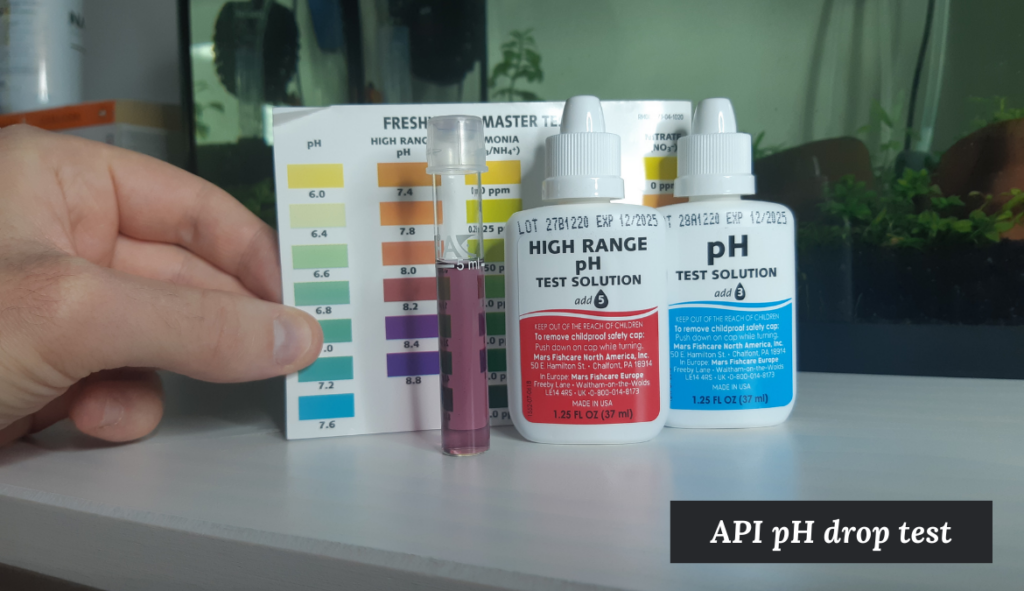
Hardness and Alkalinity
General hardness (GH) and carbonate hardness (KH) are crucial aspects of water quality for platy fish. GH refers to the concentration of dissolved minerals, primarily calcium and magnesium, while KH measures the buffering capacity of the water.
Platies thrive in moderately hard water with a GH between 10 and 25 dGH and a KH between 3 and 12 dKH. You can test the hardness levels with a test kit and adjust them using water additives if needed.
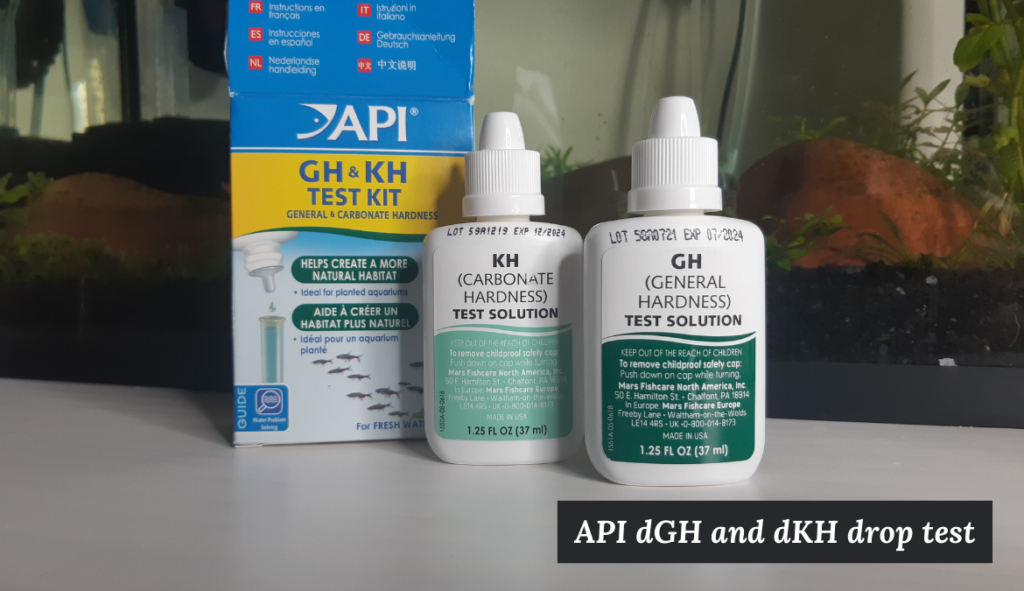
Ammonia, Nitrites, and Nitrates Levels
Ammonia, nitrites, and nitrates are by-products of the nitrogen cycle in your aquarium. High levels of these compounds can cause severe health issues for your platy fish, such as respiratory distress and even death.
- Ammonia (NH3/NH4+): This is a waste product produced by fish through their gills, urine, and from decaying organic matter like uneaten food or dead plants. Ammonia is highly toxic to fish, even at low concentrations. It can damage gill tissue, leading to reduced oxygen and carbon dioxide exchange, causing fish to suffer from hypoxia (lack of oxygen). Ammonia can also disrupt the electrolyte balance in a fish’s body, leading to neurological and physiological disorders. The toxicity of ammonia is dependent on the pH and temperature of the water, with higher pH and temperature increasing its toxicity.
- Nitrite (NO2-): In the nitrogen cycle, beneficial bacteria (Nitrosomonas) in the aquarium convert ammonia into nitrite. While nitrite is less toxic than ammonia, it can still be harmful to fish at high concentrations. Nitrite enters fish’s bloodstream through the gills and converts hemoglobin (which carries oxygen) into methemoglobin, which cannot carry oxygen. This leads to a condition called “Brown Blood Disease” where the fish can essentially suffocate from a lack of oxygen, even though there is sufficient oxygen in the water.
- Nitrate (NO3-): Nitrite is converted into nitrate by another type of beneficial bacteria (Nitrobacter) in the aquarium. Nitrate is less toxic than both ammonia and nitrite, but at high concentrations, it can still be harmful. High nitrate levels can stress fish, making them more susceptible to disease and reducing their lifespan. It can also cause growth problems, particularly in young fish. Very high nitrate levels can lead to nitrate poisoning, with symptoms like listlessness and loss of appetite.
Aim for ammonia and nitrite levels to be as close to zero as possible, while nitrate levels should be below 40 ppm. Regular water changes and proper tank maintenance can help keep these levels in check.
Tools for Monitoring Water Quality
Keeping an eye on the water quality in your aquarium is essential to ensure a healthy environment for your platy fish. Here are some tools you can use:
Aquarium Testing Kits
Aquarium testing kits are vital for monitoring water parameters. They are available in strip or liquid form, and both are easy to use. Choose a test kit that covers all the essential parameters, including pH, ammonia, nitrites, nitrates, GH, and KH.
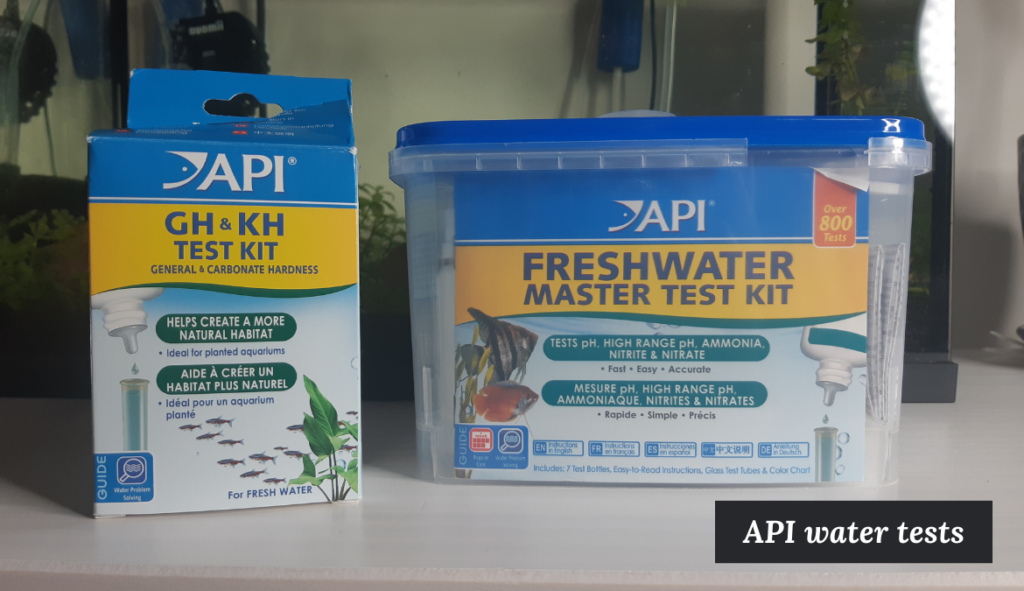
We recommend testing your water at least once a week or whenever you notice unusual fish behavior or poor water conditions.
Thermometer and Heater
A reliable aquarium thermometer is essential to ensure the water temperature remains within the ideal range for platy fish. It’s also a good idea to invest in a quality aquarium heater, especially if you live in a colder climate or experience significant temperature fluctuations in your home. Remember, sudden temperature changes can stress your platy fish and lead to health issues.
pH Meter
Although most aquarium testing kits include pH tests, a pH meter offers a more precise measurement. This can be especially helpful if you have a large tank or if your tap water is prone to pH fluctuations. Regularly monitoring the pH will allow you to make necessary adjustments promptly, ensuring a healthy environment for your platy fish.
Maintaining Water Quality: Best Practices
Maintaining the water quality in your platy fish tank involves several practices that you need to follow diligently. Here are some guidelines to help you ensure the best environment for your fish:
Regular Water Changes
Regular water changes are a crucial part of aquarium maintenance. They help to remove excess nutrients that can lead to harmful algae growth and also lower the concentration of harmful compounds such as ammonia, nitrites, and nitrates.
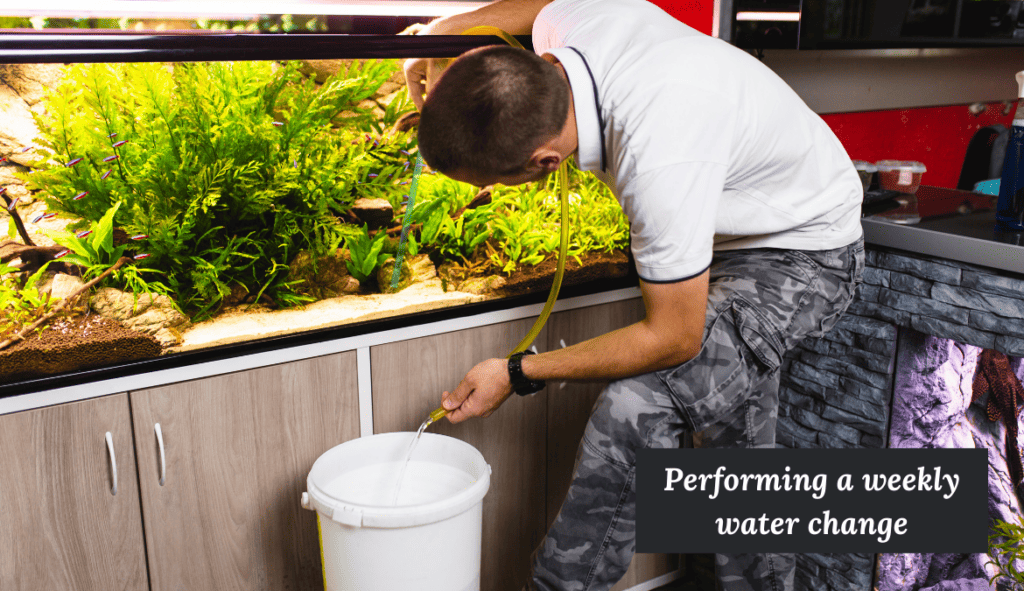
As a general rule, aim to change about 25-30% of your tank water every week. Remember to treat the new water with a dechlorinator before adding it to the tank, as chlorine in tap water can harm your fish.
Proper Filtration
Proper filtration is essential to maintain the water quality in your platy fish tank. A good filter will remove debris, break down harmful chemicals, and provide a place for beneficial bacteria to grow.
These bacteria (nitrosomonas and nitrobacter) are crucial for the nitrogen cycle, which converts toxic ammonia and nitrites into less harmful nitrates.
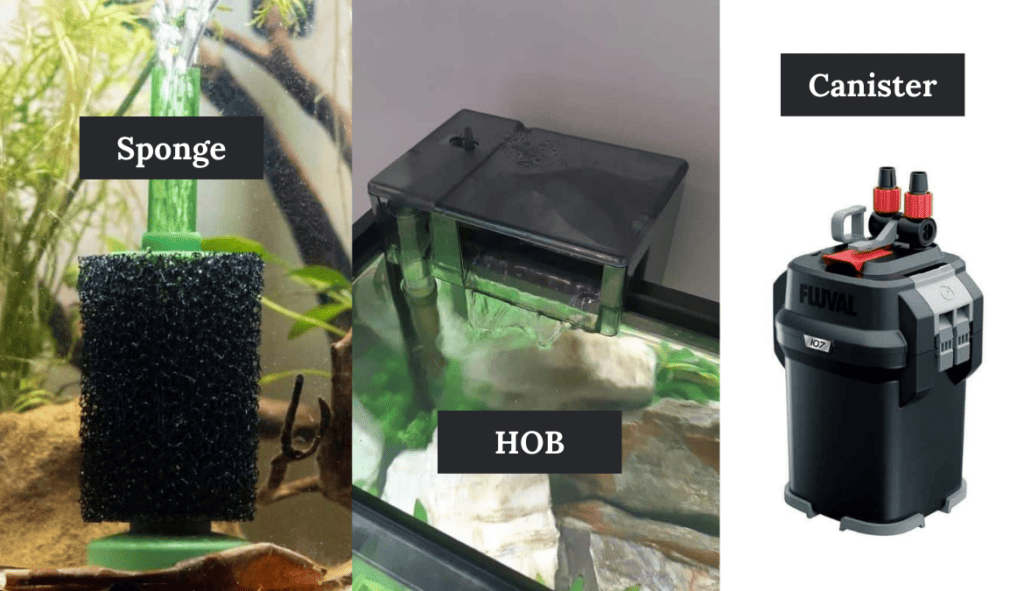
There are various types of filters available, including sponge filters, hang-on-back filters, and canister filters. Choose the one that best fits your tank setup and maintenance routine.
Limit Overfeeding
Overfeeding your platy fish can lead to poor water quality. Uneaten food decays in the tank, producing ammonia and other harmful substances.
To avoid this, only feed your fish as much as they can consume in 2-3 minutes, and remove any uneaten food after this time. You should also provide a balanced diet, including a variety of foods that platy fish eat, to ensure they get all the nutrients they need.
Proper Fish Stocking
Overstocking your tank can lead to poor water quality and increased stress among your fish, leading to disease and even death.
I recommend starting with a 20-gallon tank for platies. Moreover, platies are social fish and should be kept in groups of at least five. Learn more about how many platies should be kept together in our detailed guide.
Avoiding Sudden Changes
Even small changes in water parameters can stress your platy fish, potentially leading to illness. Therefore, any necessary adjustments to the water conditions should be made gradually over several days.
Whether you’re changing the water, adding new fish, or adjusting the temperature or pH, slow and steady is the way to go.
Use of Aquarium Plants
Aquarium plants not only add beauty to your tank but also play a vital role in maintaining water quality. They absorb harmful chemicals such as ammonia, nitrites, and nitrates and release oxygen, contributing to a healthy aquatic environment.
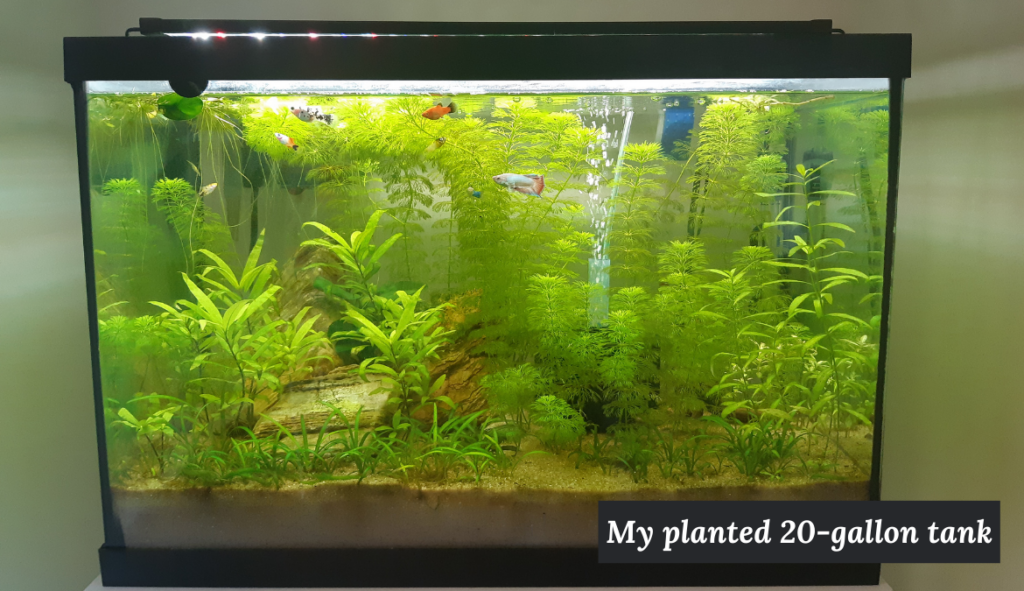
Moreover, some species, like Java Fern or Anubias, are known to thrive in the same water conditions as platy fish, making them excellent additions to your tank. Read more about platy fish care and ideal tank conditions in our platy fish care guide.
Regular Testing
Regularly testing the water parameters in your aquarium is crucial for early detection of any potential issues. It’s recommended to test the water weekly, as well as any time you notice unusual behavior in your fish. By regularly checking the pH, temperature, ammonia, nitrite, and nitrate levels, you can take swift action to correct any imbalances, ensuring your platy fish stay healthy and vibrant.
Solving Common Water Quality Issues
Despite your best efforts, you may sometimes face water quality issues in your platy fish tank. However, with knowledge and timely action, these can be addressed effectively. Here are some common problems and their solutions:
High Ammonia Levels
High ammonia levels can be due to overfeeding, overstocking, or inadequate filtration. If you notice elevated ammonia in your tank, consider reducing the amount of food you provide, ensuring your tank is not overcrowded, and checking that your filter is working correctly.
Additionally, water changes can help reduce the ammonia concentration. Using an ammonia-neutralizing product, such as Seachem Prime, may also be beneficial for short-term emergencies.
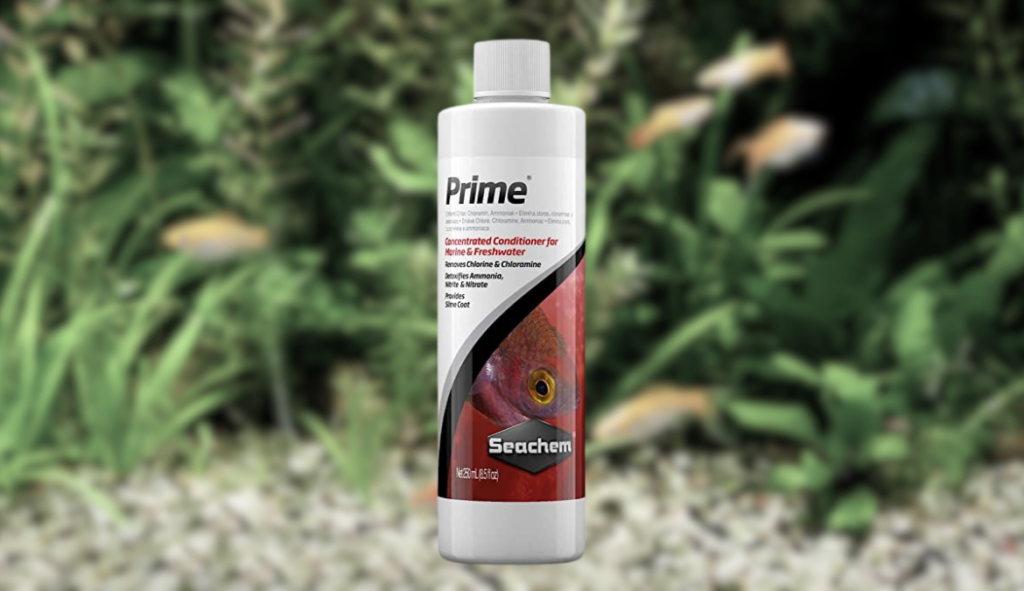
Unstable pH Levels
If your tank’s pH levels are unstable, first check your tap water, as it might be the source of the problem. If your tap water’s pH is stable, the issue might be caused by substances in the tank altering the pH.
Certain decorations or substrates can affect the water’s pH, so consider their suitability for your setup. There are also pH buffers available that can help stabilize the pH.
High Nitrate Levels
While some nitrates are usually present in aquariums, high levels can harm your platy fish. Regular water changes are the most effective way to control nitrate levels.
Additionally, live plants can help, as they absorb nitrates. However, if nitrate levels remain high despite these measures, you might be overfeeding your fish or your tank might be overstocked.
Monitoring and maintaining water quality is crucial for the health of your platy fish. With the right tools and practices, you can create an environment where your platies thrive. Remember, consistency is key – regular checks and adjustments can help prevent problems before they start and ensure your fish enjoy a clean, healthy habitat.


